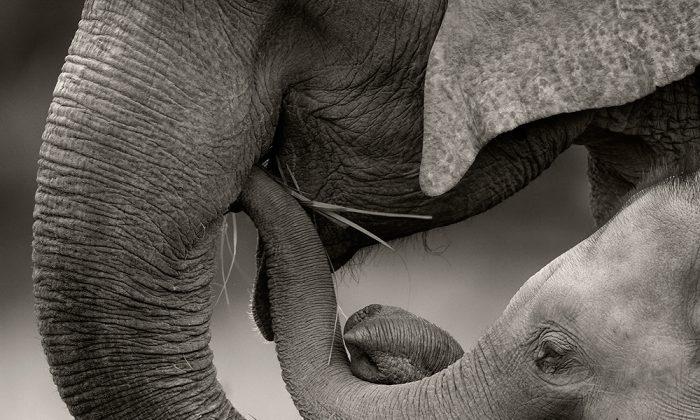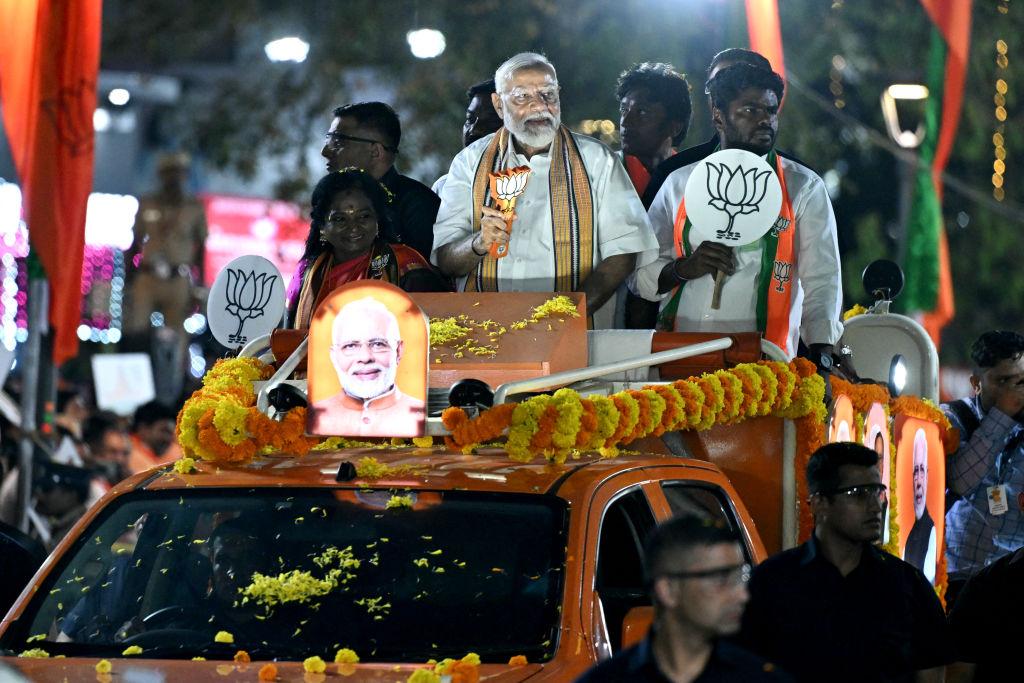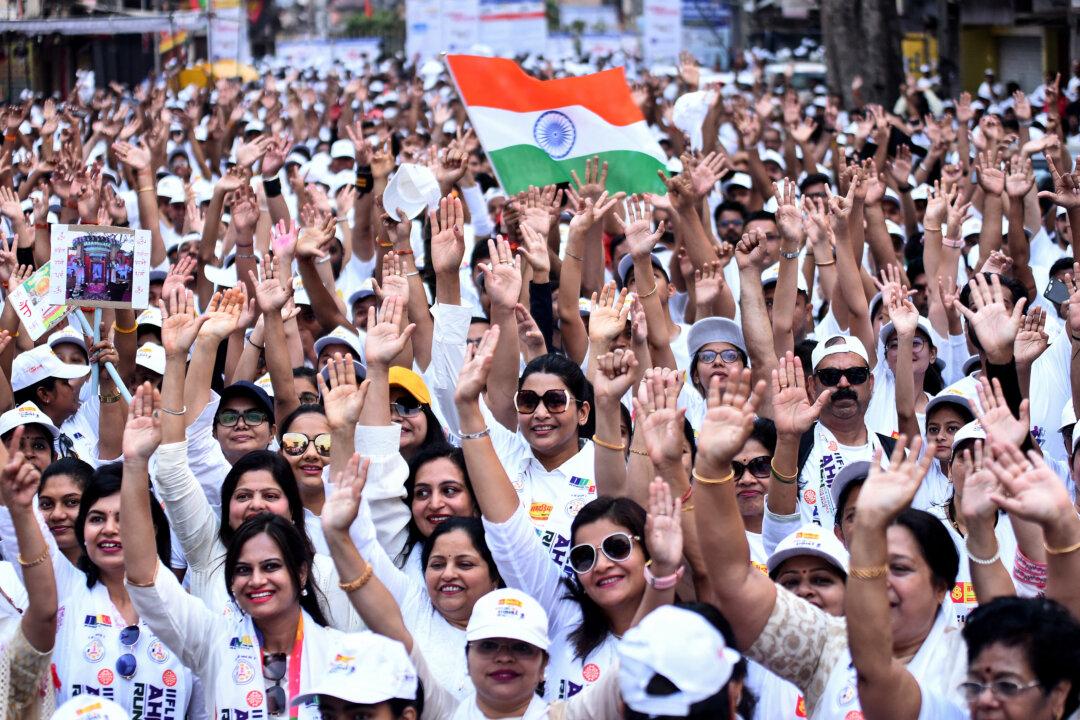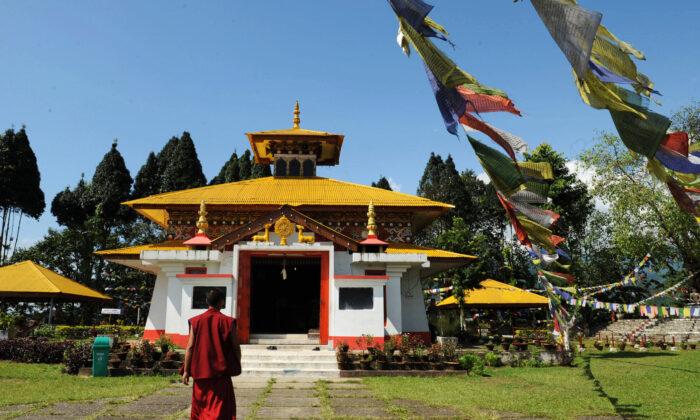No lens can be as wide as the human eye that effortlessly appreciates the beauty of nature. India’s wildlife proudly has enough opportunities to offer to photographers possessing a unique poetic eye and the photographic skills.
Praveen Mohandas, a wildlife photographer from Thrissur, Kerala, confesses that more one understands nature, the more it starts to reveal itself.
“Have you heard about the only bird that crosses over Himalayas to arrive to India? Bar-headed Geese flies all over from Siberia, over the Himalayas, breeds in Ladakh and disperses all over India, further till Kanyakumari,” said 35 year old Mohandas, who with his photography entourage have traveled far from Ladakh to Kanyakumari to be able to shoot these feathered travellers.
There’s certainly something poetic about Mohandas’ photographs: They not only reveal the bird in focus but also the environment and the setting, and the birds appear like an unfolding motion picture on the still frame.
“I shot a series called ‘Secrets of the Grasslands’ in a way I saw it, and not exactly how it is. It’s about the wings (of birds), about how grass is moving. It’s about how everything together created an impact on me,” explained Mohandas.
India for long has been a safe heaven for migratory birds, and millions arrive on its coastal shores, inland lakes and ponds creating great opportunities for wildlife enthusiasts.
Mohandas said that every alternate year he travels to the Keoladeo Bird Sanctuary in Bharatpur, Rajasthan. The sanctuary is an artificially created wetland that attracts millions of birds from Europe and Siberia every year. “The king of Bharatpur created it as a hunting ground in the 17th century,” he said.
According to him, the maximum record of bird hunting in Bharatpur stands at 4273 birds on a single shoot in 1938 by Lord Linlithgow . “You can imagine what would have been the number of birds there,” Mohandas elaborated while showing concern about the declining number of migratory birds across various sanctuaries in India.
“You don’t have to go to wild to understand nature. Take for example a snake in an urban area; 95 percent of the snakes sighted are harmless, however, they are killed senselessly,” he said.
Mohandas believes that many traditional beliefs of India respecting animals and prohibiting their killing were actually “conservation statements.”
Mohandas’ another favorite photography spot are the Elephant corridors of India. “Elephants are extremely expressive animals. You look into the eyes of an elephant and you can actually read what they might be thinking,” he said.
“When an Elephant is angry his trunk length decreases and ears stop to furl. When they are happy they are like kids and like to explore things,” Mohandas explained.
“I have been chased by Elephants. One calf came running towards us at high speed once. Then just 10 feet away, it suddenly forgot about why it was running, and got lost in playing and grazing,” he added.
According to Mohandas, photographing wildlife actually needs one to establish a relationship with the animals. “It is how you make them feel comfortable. They show you signs—they mock chase when they feel you are a threat. It needs lots of time and patience to gain their trust. When they feel you are not a threat, they let you so close, that you can actually touch them.”





